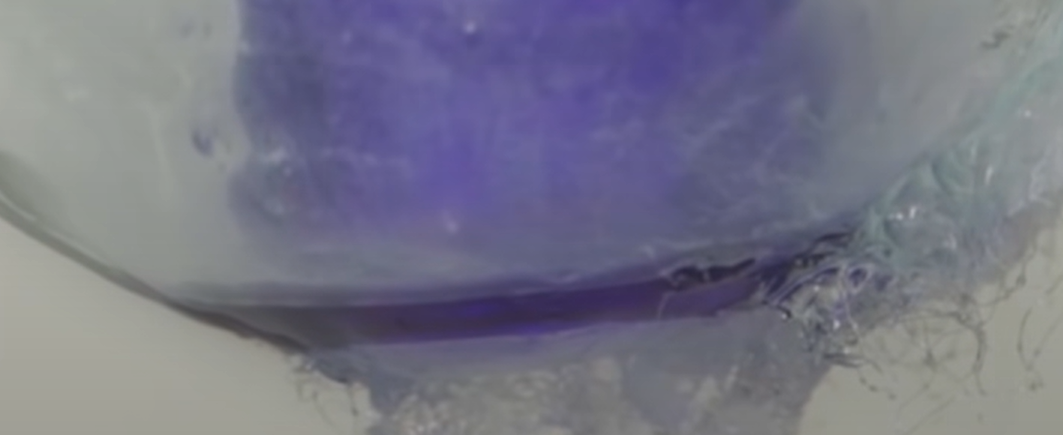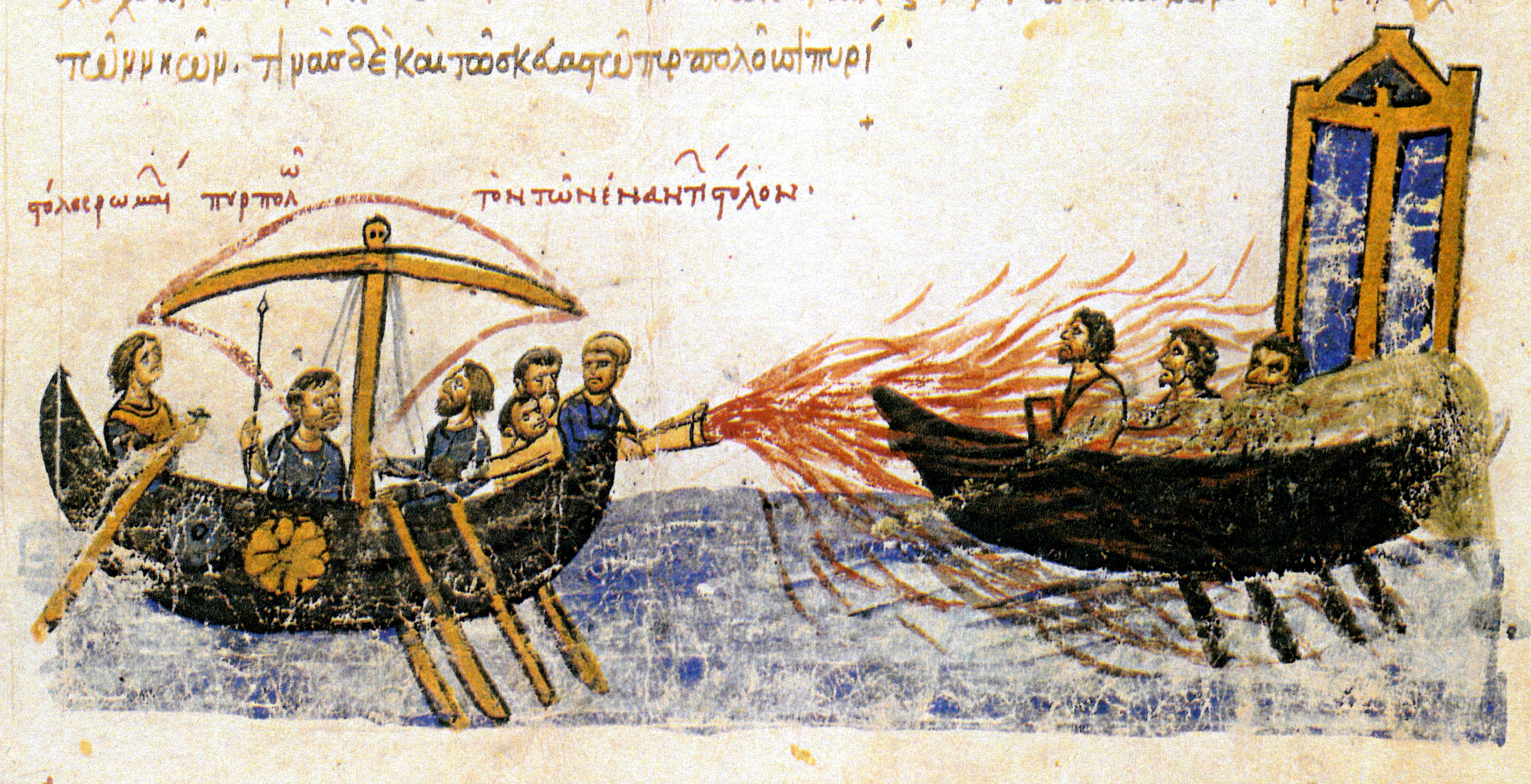|
Oxygen
Oxygen is a chemical element; it has chemical symbol, symbol O and atomic number 8. It is a member of the chalcogen group (periodic table), group in the periodic table, a highly reactivity (chemistry), reactive nonmetal (chemistry), nonmetal, and a potent oxidizing agent that readily forms oxides with most elements as well as with other chemical compound, compounds. Oxygen is abundance of elements in Earth's crust, the most abundant element in Earth's crust, making up almost half of the Earth's crust in the form of various oxides such as water, carbon dioxide, iron oxides and silicates.Atkins, P.; Jones, L.; Laverman, L. (2016).''Chemical Principles'', 7th edition. Freeman. It is abundance of chemical elements, the third-most abundant element in the universe after hydrogen and helium. At standard temperature and pressure, two oxygen atoms will chemical bond, bind covalent bond, covalently to form dioxygen, a colorless and odorless diatomic gas with the chemical formula ... [...More Info...] [...Related Items...] OR: [Wikipedia] [Google] [Baidu] |
Ozone
Ozone () (or trioxygen) is an Inorganic compound, inorganic molecule with the chemical formula . It is a pale blue gas with a distinctively pungent smell. It is an allotrope of oxygen that is much less stable than the diatomic allotrope , breaking down in the lower atmosphere to (dioxygen). Ozone is formed from dioxygen by the action of ultraviolet (UV) light and electrical discharges within the Earth's atmosphere. It is present in very low concentrations throughout the atmosphere, with its highest concentration high in the ozone layer of the stratosphere, which absorbs most of the Sun's ultraviolet (UV) radiation. Ozone's odor is reminiscent of chlorine, and detectable by many people at concentrations of as little as in air. Ozone's O3 chemical structure, structure was determined in 1865. The molecule was later proven to have a bent structure and to be weakly diamagnetism, diamagnetic. At standard temperature and pressure, ozone is a pale blue gas that condenses at cryogenic ... [...More Info...] [...Related Items...] OR: [Wikipedia] [Google] [Baidu] |
Chalcogen
The chalcogens (ore forming) ( ) are the chemical elements in group 16 of the periodic table. This group is also known as the oxygen family. Group 16 consists of the elements oxygen (O), sulfur (S), selenium (Se), tellurium (Te), and the radioactive elements polonium (Po) and livermorium (Lv). Often, oxygen is treated separately from the other chalcogens, sometimes even excluded from the scope of the term "chalcogen" altogether, due to its very different chemical behavior from sulfur, selenium, tellurium, and polonium. The word "chalcogen" is derived from a combination of the Greek word () principally meaning copper (the term was also used for bronze, brass, any metal in the poetic sense, ore and coin), and the Latinized Greek word , meaning ''born'' or ''produced''. Sulfur has been known since antiquity, and oxygen was recognized as an element in the 18th century. Selenium, tellurium and polonium were discovered in the 19th century, and livermorium in 2000. All of the ch ... [...More Info...] [...Related Items...] OR: [Wikipedia] [Google] [Baidu] |
Allotropes Of Oxygen
There are several known allotropy, allotropes of oxygen. The most familiar is oxygen, molecular oxygen (), present at significant levels in Atmosphere of Earth, Earth's atmosphere and also known as dioxygen or triplet oxygen. Another is the highly reactive ozone (). Others are: *Atomic oxygen (), a Radical (chemistry), free radical. *Singlet oxygen (), one of two metastable states of molecular oxygen. *Tetraoxygen (), another metastable form. *Solid oxygen, existing in six variously colored phases, of which one is octaoxygen (, red oxygen) and another one metallic (ζ-oxygen). Atomic oxygen Atomic oxygen, denoted O or O1, is very reactive, as the individual atoms of oxygen tend to quickly bond with nearby molecules. Its lowest-energy electronic state is a Triplet state, spin triplet, designated by the term symbol 3P. On Earth's surface, it exists naturally for a very short time. In outer space, the presence of ample ultraviolet radiation results in a low Earth orbit atmosphere in w ... [...More Info...] [...Related Items...] OR: [Wikipedia] [Google] [Baidu] |
Dioxygen
There are several known allotropes of oxygen. The most familiar is molecular oxygen (), present at significant levels in Earth's atmosphere and also known as dioxygen or triplet oxygen. Another is the highly reactive ozone (). Others are: * Atomic oxygen (), a free radical. * Singlet oxygen (), one of two metastable states of molecular oxygen. * Tetraoxygen (), another metastable form. * Solid oxygen, existing in six variously colored phases, of which one is octaoxygen (, red oxygen) and another one metallic (ζ-oxygen). Atomic oxygen Atomic oxygen, denoted O or O1, is very reactive, as the individual atoms of oxygen tend to quickly bond with nearby molecules. Its lowest-energy electronic state is a spin triplet, designated by the term symbol 3P. On Earth's surface, it exists naturally for a very short time. In outer space, the presence of ample ultraviolet radiation results in a low Earth orbit atmosphere in which 96% of the oxygen occurs in atomic form. [...More Info...] [...Related Items...] OR: [Wikipedia] [Google] [Baidu] |
Geological History Of Oxygen
Although oxygen is abundance of elements in Earth's crust, the most abundant element in Earth's crust, due to its high reactivity (chemistry), reactivity it mostly exists in chemical compound, compound (oxide) forms such as water, carbon dioxide, iron oxides and silicates. Before photosynthesis evolved, Earth's atmosphere had no free diatomic chemical element, elemental oxygen (O2). Small quantities of oxygen were released by geological and biological processes, but did not build up in the reducing atmosphere due to reactions with then-abundant reducing gases such as atmospheric methane and hydrogen sulfide and surface reductants such as ferrous iron. Oxygen began building up in the prebiotic atmosphere at approximately 1.85 Ga during the Neoarchean-Paleoproterozoic boundary, a paleogeological event known as the Great Oxygenation Event (GOE). At current rates of primary production, today's concentration of oxygen could be produced by photosynthetic organisms in 2,000 years. In the ... [...More Info...] [...Related Items...] OR: [Wikipedia] [Google] [Baidu] |
Nonmetal (chemistry)
In the context of the periodic table, a nonmetal is a chemical element that mostly lacks distinctive metallic properties. They range from colorless gases like hydrogen to shiny crystals like iodine. Physically, they are usually lighter (less dense) than elements that form metals and are often poor conductors of heat and electricity. Chemically, nonmetals have relatively high electronegativity or usually attract electrons in a chemical bond with another element, and their oxides tend to be acidic. Seventeen elements are widely recognized as nonmetals. Additionally, some or all of six borderline elements ( metalloids) are sometimes counted as nonmetals. The two lightest nonmetals, hydrogen and helium, together account for about 98% of the mass of the observable universe. Five nonmetallic elements—hydrogen, carbon, nitrogen, oxygen, and silicon—form the bulk of Earth’s atmosphere, biosphere, crust and oceans, although metallic elements are believed to be slightly more ... [...More Info...] [...Related Items...] OR: [Wikipedia] [Google] [Baidu] |
Earth's History
The natural history of Earth concerns the development of planet Earth from its formation to the present day. Nearly all branches of natural science have contributed to understanding of the main events of Earth's past, characterized by constant geological change and biological evolution. The geological time scale (GTS), as defined by international convention, depicts the large spans of time from the beginning of Earth to the present, and its divisions chronicle some definitive events of Earth history. Earth formed around 4.54 billion years ago, approximately one-third the age of the universe, by accretion from the solar nebula. Volcanic outgassing probably created the primordial atmosphere and then the ocean, but the early atmosphere contained almost no oxygen. Much of Earth was molten because of frequent collisions with other bodies which led to extreme volcanism. While Earth was in its earliest stage ( Early Earth), a giant impact collision with a planet-sized body named ... [...More Info...] [...Related Items...] OR: [Wikipedia] [Google] [Baidu] |



